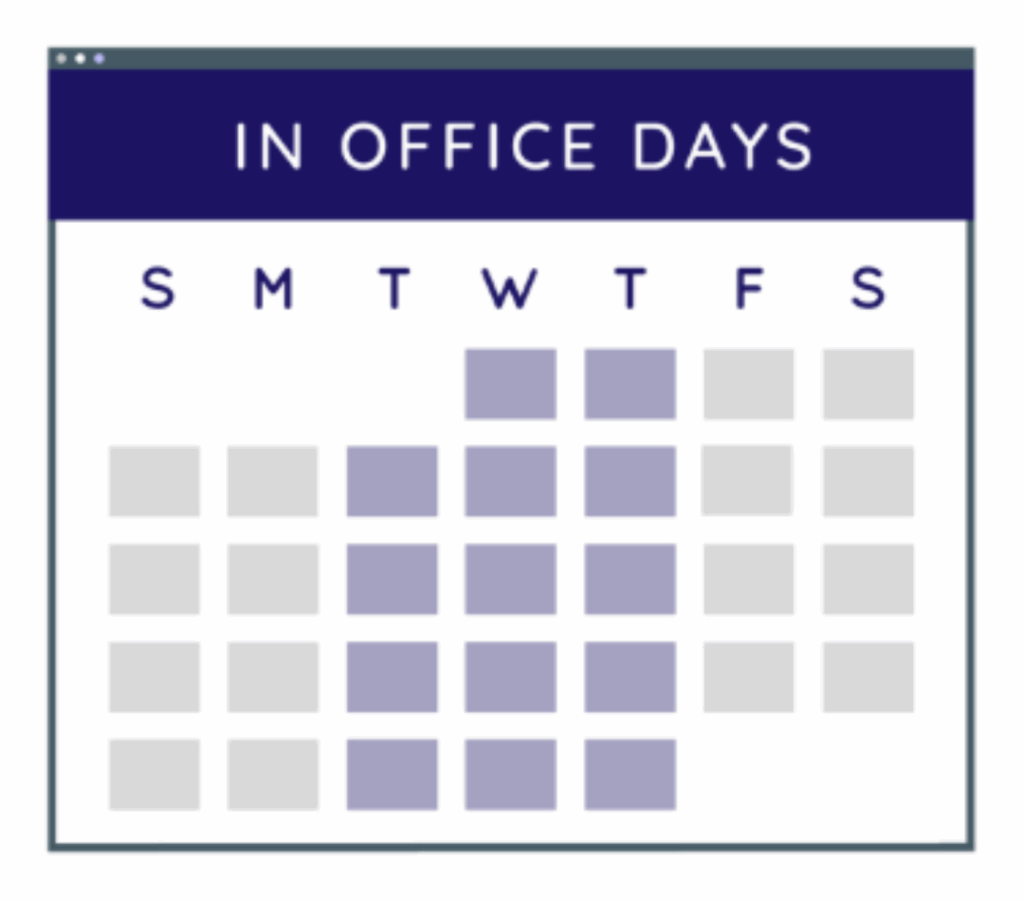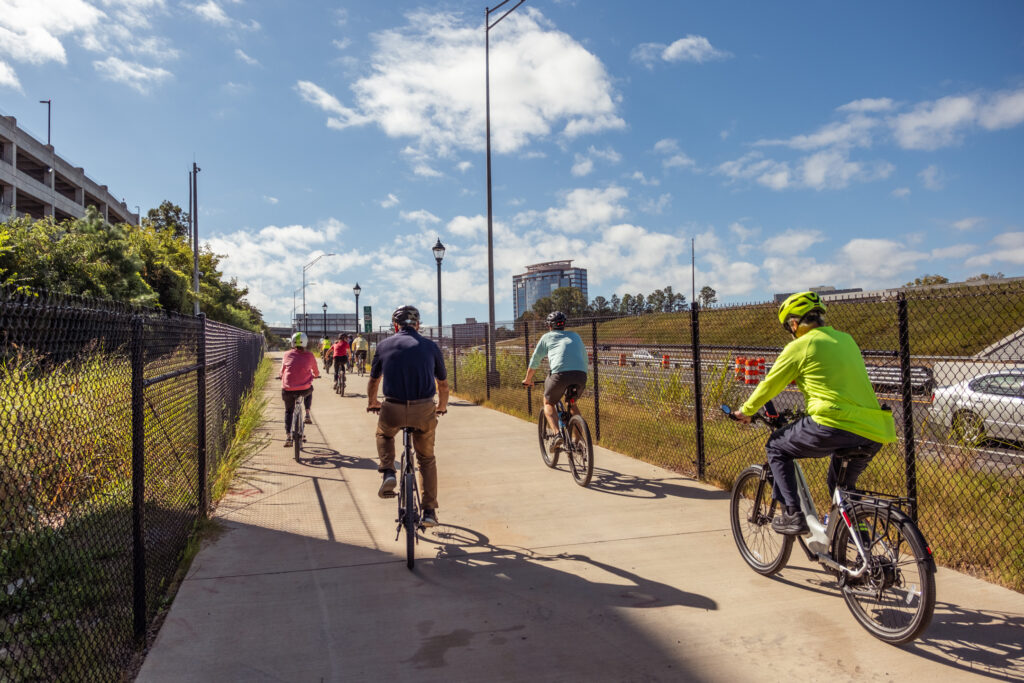Perimeter’s Return-to-Office Momentum Is Changing How People Commute
New survey data from 2025 Perimeter Community-Wide Survey reveals what’s driving their commute choices.

Perimeter’s workforce is back on the move. After years of hybrid schedules and shifting workplace dynamics, employees are returning to the office more often, and how they’re getting here says a lot about what is driving business growth across Metro Atlanta.
Results from a community survey conducted by Perimeter Connects, the commuting services program of the Perimeter Community Improvement Districts, offers a clear snapshot of how people are moving and what it means for the employers, property owners, and developers who depend on Perimeter’s access to top talent.
Workday Flexibility Remains as Return-to-Office Momentum Picks Up

The flex work era is evolving for Perimeter’s 130,000+ person workforce. According to the survey, employees are averaging 2.8 days a week in the office and 2.2 days working from home, a near reversal of 2023 figures, when remote work outpaced in-office time. Overall, the share of work-from-home trips since 2023 is down by 18%, signaling a clear but steady return to the office.
This steady return aligns with trends across Metro Atlanta, but Perimeter stands apart for one key reason: it’s easier to get here. The district’s connected layout, proximity to MARTA, and walk-friendly developments are helping employees embrace a hybrid rhythm without the headache of a long commute. For employers, that’s an advantage. Offices in well-connected districts are increasingly seen as amenities that support retention, collaboration, and culture according to Cushman & Wakefield.
Transit Gains Ground as Development Meets Demand
As more employees come back onsite, the mix of how people reach Perimeter is evolving. Train commutes have doubled since 2023, a change linked to both the gradual return to in-person work and new development near the district’s four anchor MARTA rail stations. Projects such as Campus 244 and High Street place thousands of jobs within walking distance of rail service, while Perimeter’s commuter shuttle network extends access from stations to major employment centers like The King & Queen, Ravinia, Perimeter Summit, and Terraces.
While this lift in transit ridership is not a wholesale shift away from driving, it does signal growing momentum toward multimodal access. And that trend is only expected to accelerate. Upcoming infrastructure projects like the SR 400 Express Lanes and I-285 Top End Express Lanes will expand regional mobility options and improve connections between Perimeter and north metro communities. As Perimeter’s employment base expands and transit-adjacent projects multiply, connectivity remains one of the district’s most valuable assets.
Access Remains Perimeter’s Advantage, Even as Commutes Grow Longer

Perimeter’s location at the intersection of I-285 and GA-400 continues to be one of its greatest selling points. With direct interstate access, the district remains one of the easiest employment centers to reach from anywhere in Metro Atlanta. In fact, 44% of Perimeter’s workforce lives within 15 miles of Perimeter. That central connectivity gives businesses a clear edge in attracting talent, even as more workers move farther out across the region.
The 2025 survey shows that 88% of employees agree Perimeter is a great place to work, but satisfaction dips as commute times climb. This trend is a regional reality as more workers move to outer counties like Gwinnett, DeKalb, Henry, Douglas, and Fayette, commute distances and drive times rise accordingly. Once commutes exceed 10 miles, the data shows a sharp jump in employees who say their travel time makes them consider leaving their job.
That’s where commuting support becomes a business strategy. With help from Perimeter Connects, employers can help their teams find better ways to get to work, including carpooling, taking MARTA, or new commute options. In 2025, the Perimeter CIDs and Perimeter Connects launched Rapid Ride, a vanpooling program exclusively for Perimeter workers to ease the strain of long trips and cut commuting costs. This effort, combined with tailored commuting programs for the district’s employers, keeps the district accessible and positioned for long-term workforce growth.

To explore more workforce, mobility, and market insights, download the 2025 Perimeter District-Wide Survey report.



